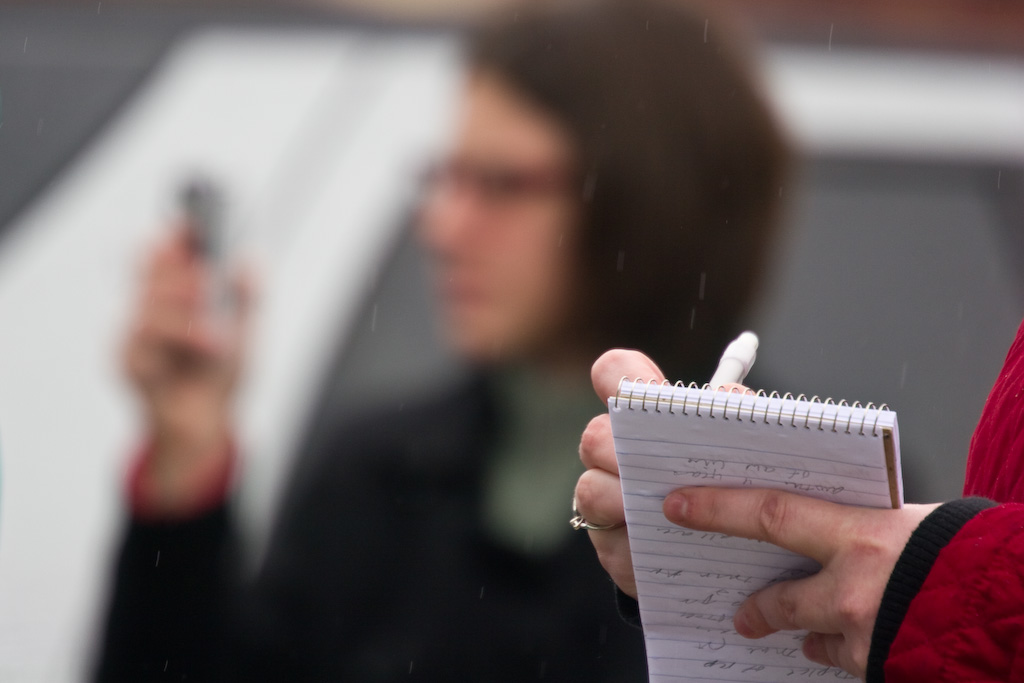The practice of public relations is seen as a creative one, but it often depends on meticulous preparation. The PR briefing book is no exception; it’s a simple tool, yet a critical asset for a brand spokesperson to prepare for media interviews. The best briefing books offer a go-to reference and “study guide” so an interviewee has full background on the reporter, the outlet, and the best messaging for the opportunity.
PR guide to stellar briefing books
Make it easy on the eyes
Since the interviewee may be reviewing the document on the fly while in transit or during the interview(s), it should be well structured and easy to read. The when, where, who, and the featured topic should be scannable at the top of the document. If the executive is talking to multiple journalists, the briefing book should have a table of contents, an interview schedule grid, and the top three recommended messages for each exchange (different journalists may focus on different story angles.) Also essential are the reporter’s background information, a description of his publication, and any relevant preferences for the meeting.
The message is the medium
The most important parts of the briefing book are the messaging and questions sections. Although the PR team will have thoroughly prepped the spokesperson, they will also outline potential questions and recommended points for response. It’s generally impossible to predict a journalist’s questions with 100% accuracy, but sample queries can give the spokesperson a degree of comfort that makes for a smoother dialogue. Additionally, briefing documents should include an “expected outcome” outlining the desired next steps.
Briefing books shouldn’t contain sensitive material
In 2016, Gizmodo got ahold of a stray email thread from a Microsoft employee that included some highly detailed “dossiers” about journalists. While not patently nefarious, the documents included a rather deep dive into journalists’ predilections, including a “tips and tricks” section (presumably to handle or outwit reporters) and information on some reporters’ strong personal opinions about competitive products. The article’s author also found it “creepy” that the briefings included photos of the reporters.
We at Crenshaw Communications do not have a “tips & tricks” section, but we do offer headshots – simply to put a name to a face. We also include the reporter’s three most recent and relevant articles and their Twitter handles, offering a glimpse into the style and beat of the journalists. But it goes without saying that you shouldn’t put anything in a medium briefing book that you wouldn’t want the reporter to see. (On the more nefarious front, in 2015 Columbia Journalism Review uncovered a company called NewsBios that sold reporter dossiers to PR pros. These dossiers contained some genuinely sensitive biographical information like home addresses and names of pets. Not recommended.)
Aside from the document itself, the PR pros will also brief the interviewee on the reporter’s general style based on previous experience. On the other side of the table, the PR contact will often supply the reporter with background on the spokesperson if they’re not acquainted.
Though a relatively small and tactical piece in the PR puzzle, a well-constructed briefing book is an indispensable media relations roadmap. See last week’s post for a deeper dive into PR facilitation of media interviews.


